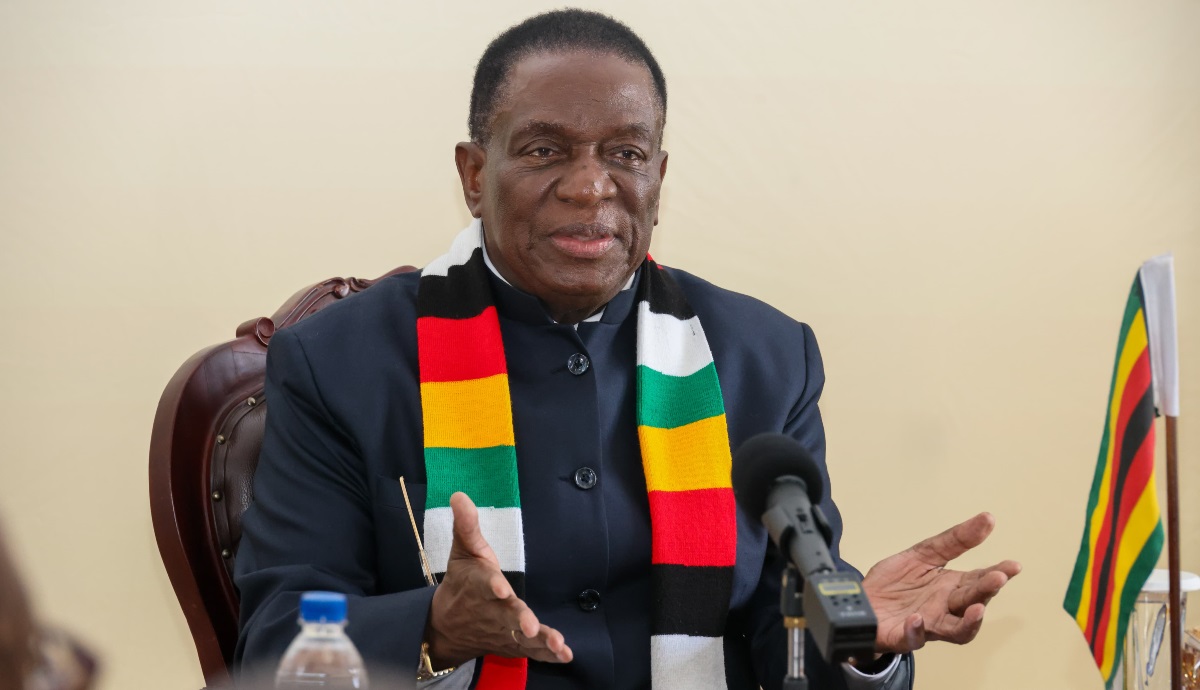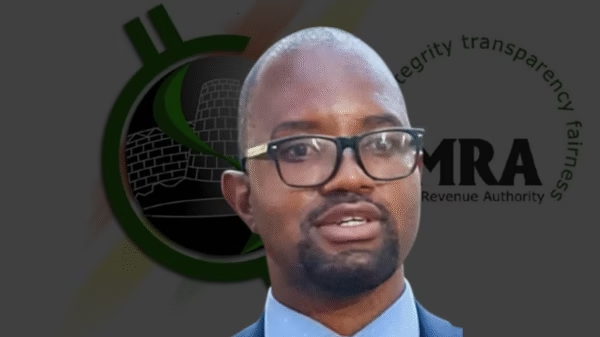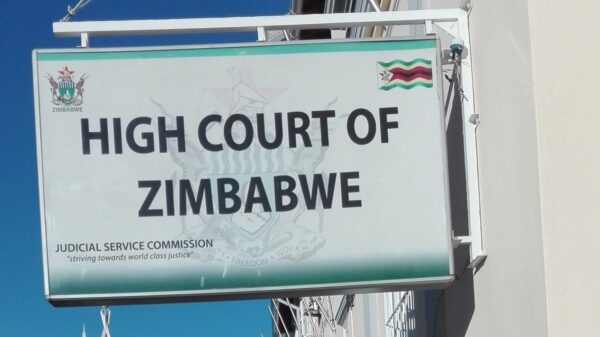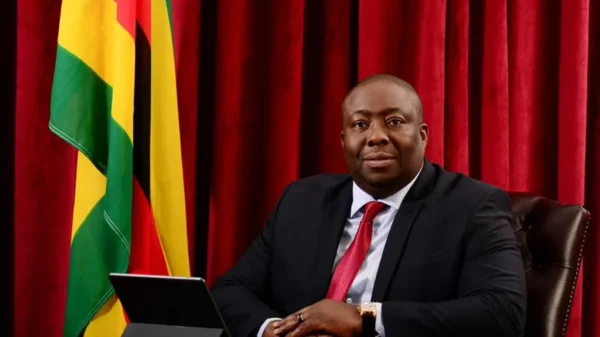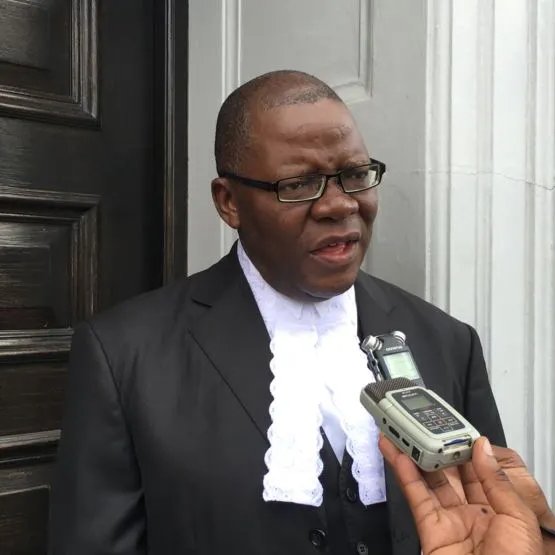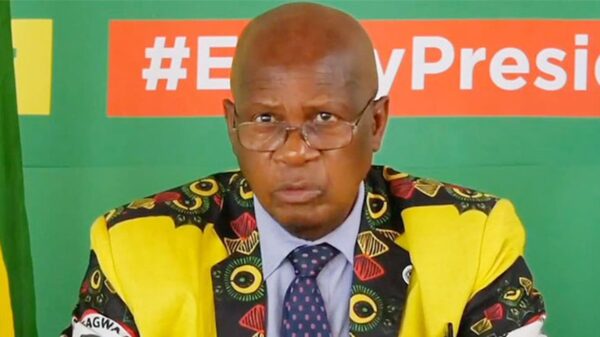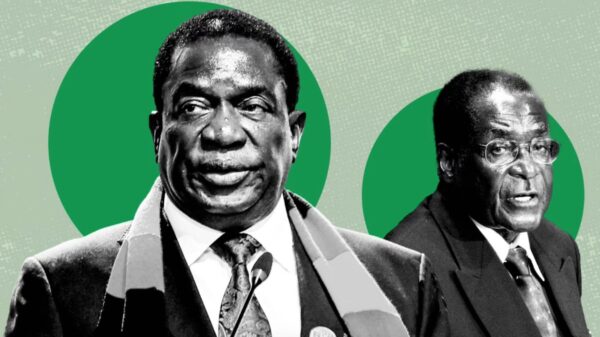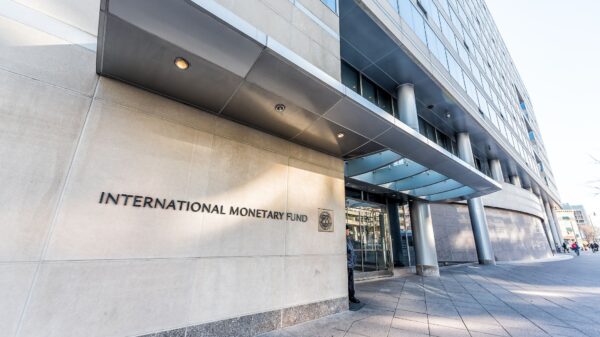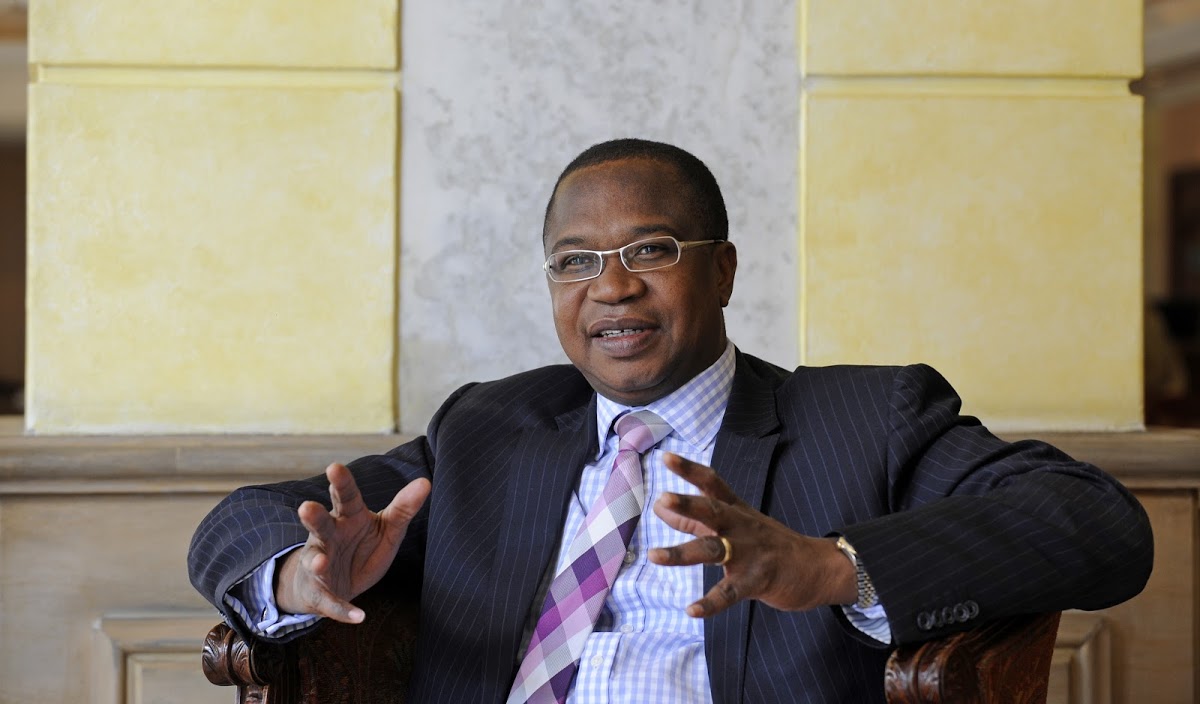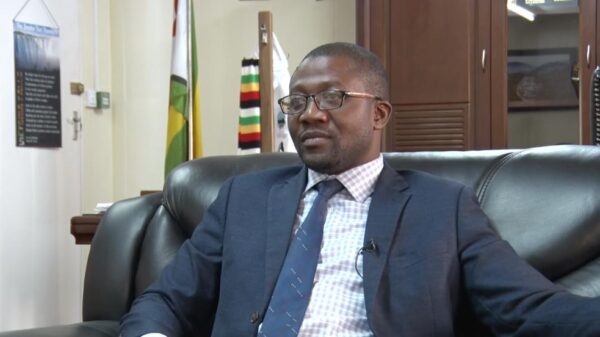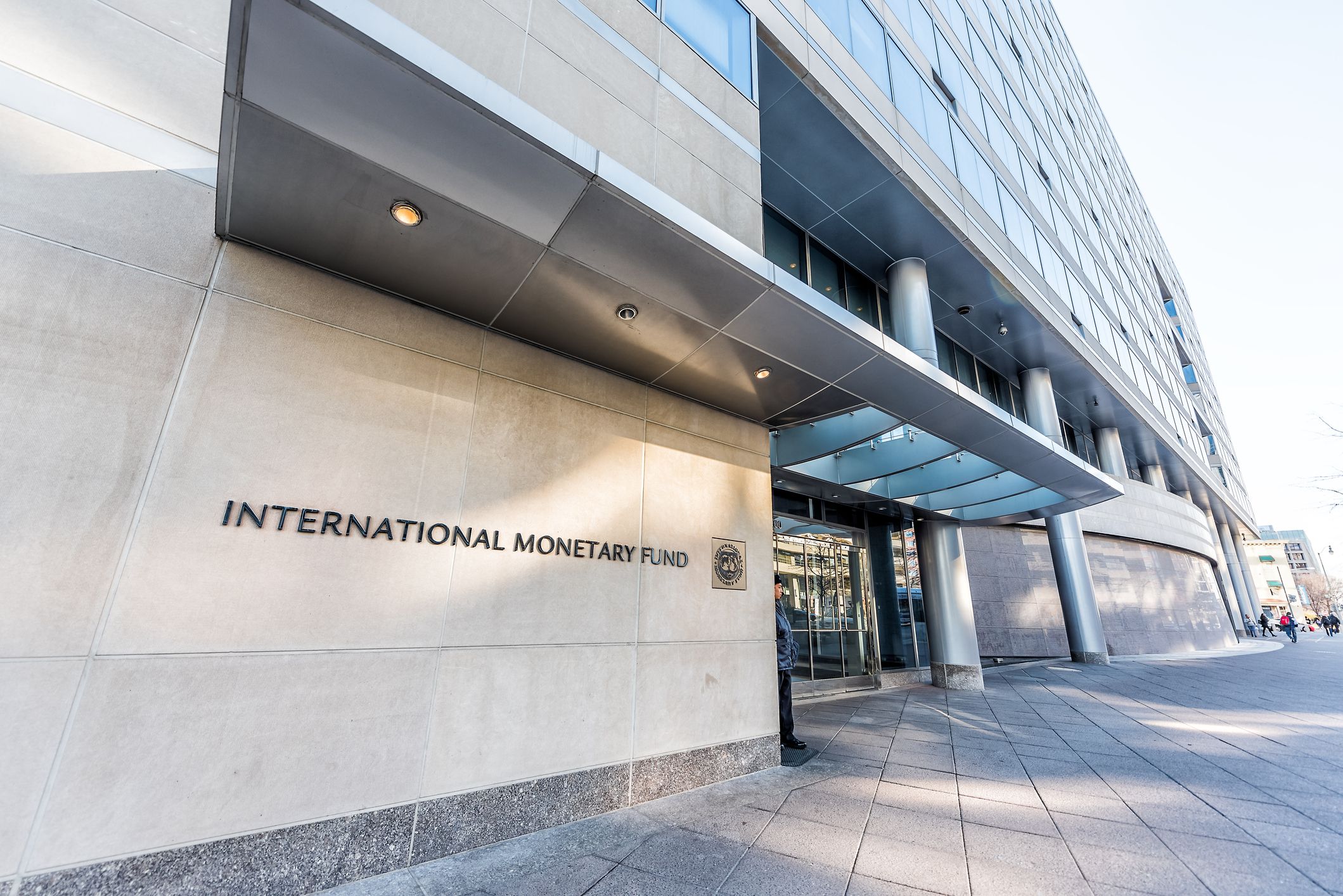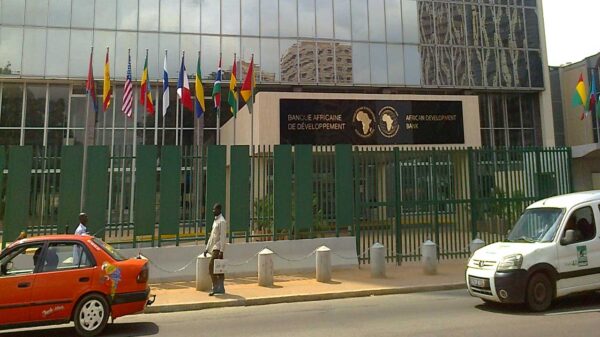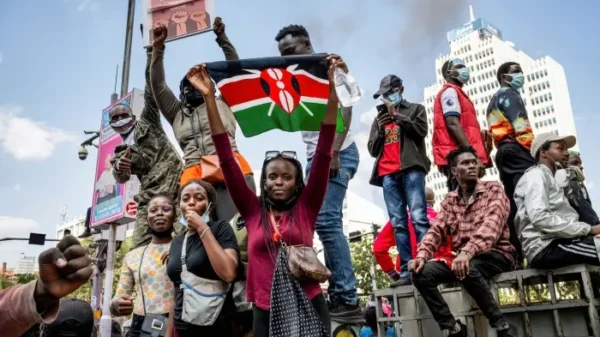Harare, Zimbabwe – Zimbabwe’s debt crisis has come under renewed international scrutiny after the International Monetary Fund (IMF) revealed that the country may have understated its public debt by nearly US$2 billion in 2024.
The revelation emerged in the IMF’s 2025 Article IV Consultation Report, which assessed Zimbabwe’s progress under the Staff Monitored Programme (SMP). The Fund’s findings showed major inconsistencies between government reports and IMF estimates, particularly in relation to external debt.
The Ministry of Finance reported Zimbabwe’s total public debt at US$21 billion during the African Development Bank’s annual meetings in May 2024. However, IMF figures put it higher—at US$23.3 billion, equivalent to 72.9% of GDP.
External debt alone was estimated at US$16.7 billion (52.5% of GDP), with arrears to official creditors reaching US$7.4 billion (23.2% of GDP). The country also accumulated arrears of US$47.4 million to commercial creditors, while suspending US$425 million in domestic debt obligations.
The IMF cautioned that Zimbabwe’s existing policies were inadequate to restore debt sustainability. It urged government to adopt a mix of fiscal consolidation, stronger debt management, structural reforms, and the resolution of external arrears to unlock financing from international lenders.
This is not the first time Zimbabwe’s official statistics have come under fire. During the 2007–2008 hyperinflation crisis, government inflation figures were widely disputed, with independent trackers presenting far higher numbers than those released officially.
The IMF pointed to the Structured Dialogue Platform (SDP) as Zimbabwe’s current framework for talks with creditors, covering economic, governance, and land reform issues. Progress, however, has been mixed, with creditors insisting on reforms across all areas before further engagement.
Zimbabwe is seeking US$2.6 billion in bridge financing through the SDP’s arrears clearance and debt resolution programme, while talks with commercial creditors over debt moratoria have begun. Authorities are also planning to introduce a fourth SDP pillar focused specifically on debt restructuring.
Despite acknowledging that its debt levels are unsustainable, government has signalled commitment to re-engagement. Payments to farmers under bilateral investment agreements have already started as part of efforts to build confidence.
Zimbabwe’s struggles are part of a broader regional debt challenge. Zambia, Mozambique, Malawi, and Angola have all faced debt distress in recent years, with defaults, hidden loans, and restructuring processes becoming common in Southern Africa.
For Zimbabwe, the IMF’s findings highlight the urgent need to tighten fiscal management, ensure transparency in reporting, and implement credible reforms. Only then can the country rebuild trust with creditors and secure the long-term stability needed to revive its fragile economy.

For comments, Feedback and Opinions do get in touch with our editor on WhatsApp: +44 7949 297606.


